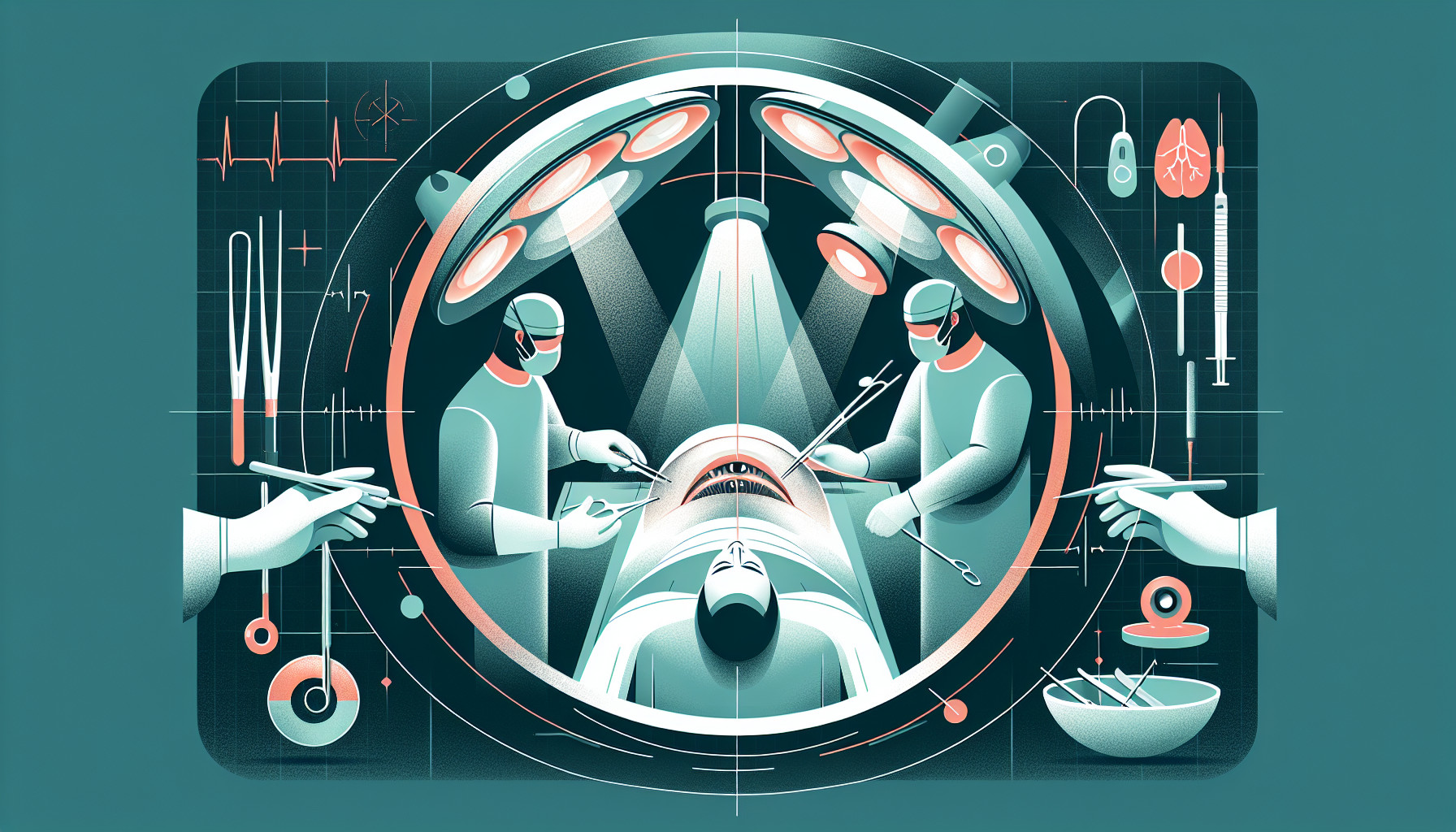Our Summary
This research paper is about the environmental and financial effects of different methods used to perform cataract surgery, which is the most common surgical procedure in the world. The three techniques discussed are manual small-incision cataract surgery (MSICS), phacoemulsification, and femtosecond laser-assisted cataract surgery.
The study finds that the carbon footprint of one phacoemulsification cataract surgery is as much as an average person produces in a week. This method is also 1.4 to 4.7 times more expensive than MSICS. Despite this, phacoemulsification might still be a better choice in wealthier settings because it results in less astigmatism and other complications after the surgery.
As for the femtosecond laser-assisted cataract surgery, there isn’t much data about its environmental and financial impact. However, it currently appears to be the least cost-effective option.
In conclusion, while cataract surgery is highly beneficial for patients, the environmental and cost implications of the different methods should be taken into account. This is especially important as the procedure becomes more widely available globally and as new technologies come into use.
FAQs
- What are the three methods of cataract surgery discussed in the research paper?
- What are the environmental and financial impacts of phacoemulsification cataract surgery compared to manual small-incision cataract surgery (MSICS)?
- Is there any information available about the environmental and financial impact of femtosecond laser-assisted cataract surgery?
Doctor’s Tip
One helpful tip a doctor might give a patient about cataract surgery is to follow all pre-operative and post-operative instructions carefully. This includes avoiding eating or drinking anything after midnight before the surgery, taking any prescribed medications as directed, and attending all follow-up appointments. By following these instructions, patients can help ensure the best possible outcome and reduce the risk of complications.
Suitable For
Typically, patients who are recommended cataract surgery are those who are experiencing significant vision impairment due to cataracts. This includes individuals who have difficulty with daily activities such as reading, driving, or seeing clearly in general. Cataract surgery is often recommended when the clouding of the lens significantly impacts a person’s quality of life and their ability to function independently. Additionally, patients with cataracts that are causing other eye health issues, such as glaucoma or macular degeneration, may also be recommended for surgery to improve overall eye health. Ultimately, the decision to undergo cataract surgery is made on a case-by-case basis by the patient and their healthcare provider.
Timeline
Before cataract surgery:
- Patient experiences blurry or cloudy vision
- Patient may have trouble seeing at night or in bright light
- Patient may have difficulty reading or watching TV
- Patient may see halos or glares around lights
- Patient may need to wear glasses or contact lenses to see clearly
After cataract surgery:
- Patient’s vision improves and becomes clearer
- Patient may no longer need to wear glasses or contact lenses
- Patient may experience some discomfort or irritation in the eye
- Patient may need to use eye drops to prevent infection or inflammation
- Patient may need to wear a protective eye shield at night
- Patient may need to avoid strenuous activities or swimming for a period of time
- Patient may need to attend follow-up appointments with their surgeon
What to Ask Your Doctor
Some questions a patient should ask their doctor about cataract surgery include:
- What are the different surgical techniques available for cataract surgery and which one do you recommend for me?
- What are the environmental implications of each surgical technique?
- What are the financial costs associated with each surgical technique?
- Are there any potential complications or side effects specific to each surgical technique?
- How long is the recovery process for each surgical technique?
- How will my vision be affected immediately after surgery and in the long term with each technique?
- Are there any specific pre-operative or post-operative instructions I need to follow for each surgical technique?
- How many cataract surgeries have you performed using each technique and what is your success rate?
- Are there any alternative treatments or technologies I should consider?
- What are the potential benefits and drawbacks of each surgical technique for my specific case?
Reference
Authors: Venkatesh R, van Landingham SW, Khodifad AM, Haripriya A, Thiel CL, Ramulu P, Robin AL. Journal: Curr Opin Ophthalmol. 2016 Jan;27(1):82-8. doi: 10.1097/ICU.0000000000000228. PMID: 26569528
